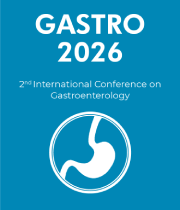Pancreaticoduodenectomy
Pancreaticoduodenectomy is a major surgical procedure used to treat a variety of conditions affecting the pancreas, small intestine, and bile duct. It is also known as the Whipple procedure, after Allen Oldfather Whipple, the doctor who first developed it in 1935. During the procedure, a surgeon removes part of the pancreas, the duodenum, the gallbladder, the bile duct, and a portion of the stomach. This procedure is sometimes used to treat pancreatic cancer, a tumor that can affect the pancreas, duodenum, and bile duct. It can also be used to treat a number of other conditions, including chronic pancreatitis, ampullary cancer, and bile duct cancer. The procedure is not typically considered a curative treatment for pancreatic cancer, but it can be used to help slow its progression and improve the patient’s quality of life. In addition to the removal of these structures, the surgery also involves reconstruction of the digestive tract. This often involves rerouting the digestive tract so that food can bypass the pancreas and the duodenum. This is done to help reduce the risk of complications, such as the development of diabetes. The procedure is usually performed with minimally invasive techniques, such as laparoscopy, robotic surgery, and endoscopic retrograde cholangiopancreatography (ERCP). This allows for a shorter recovery time and a lower risk of complications. Pancreaticoduodenectomy is a complex procedure and is not without risks. Common risks include infection, bleeding, and damage to the surrounding organs. However, with proper care, the procedure can be performed safely and the patient can often return to normal activities within a few weeks.



